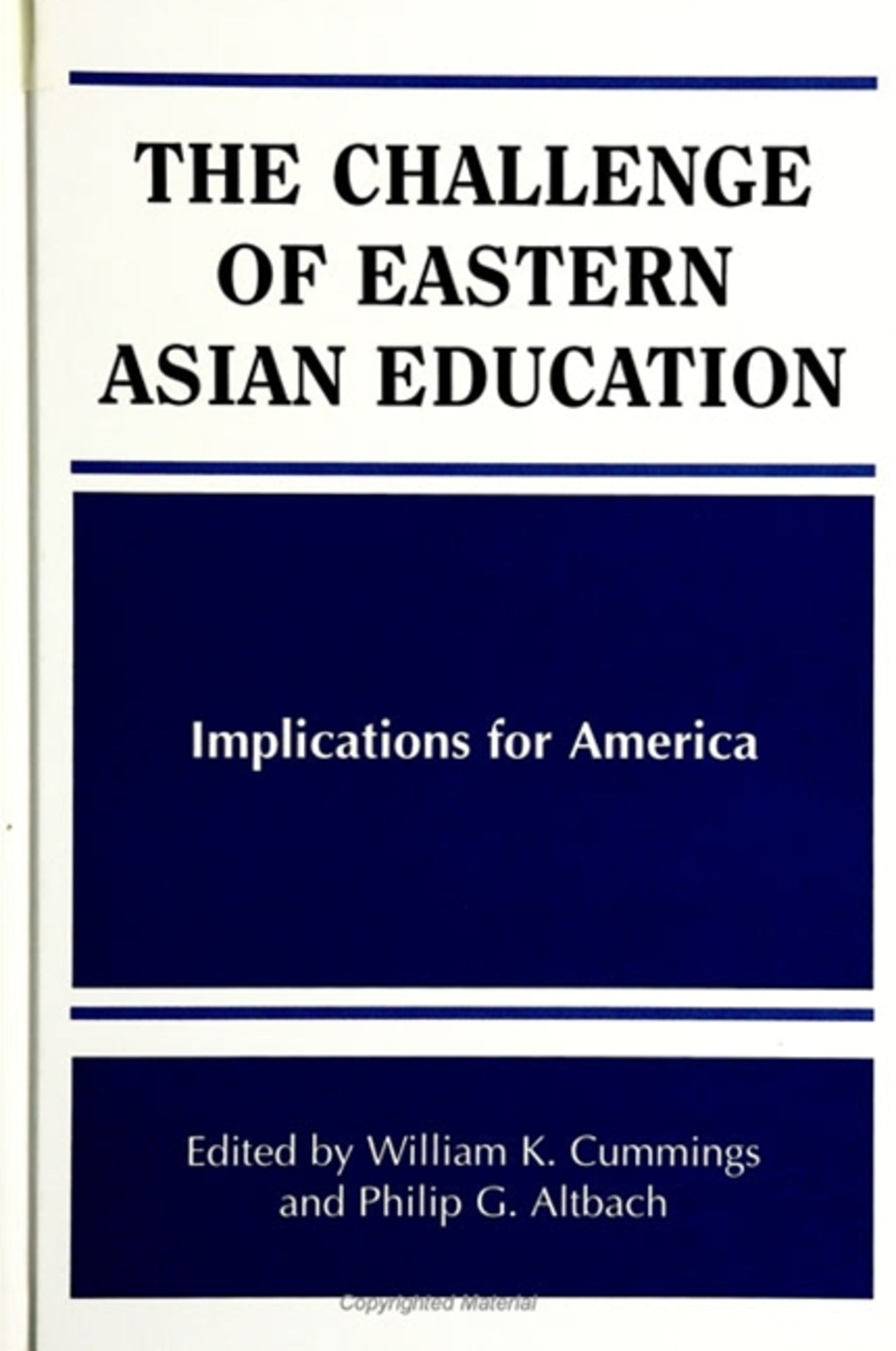We're sorry. An error has occurred
Please cancel or retry.
The Challenge of Eastern Asian Education

Some error occured while loading the Quick View. Please close the Quick View and try reloading the page.
Couldn't load pickup availability
- Format:
-
06 March 1997

Provides specific examples of Asian educational practice that may have relevance to the United States.
The Challenge of Eastern Asian Education highlights how Asian education policy and practice challenge American schools. The book focuses on innovations that the nations of the Pacific Rim have developed for their schools, and it analyzes how these educational systems have tried to meet the challenges of rapid social and economic change. It is unique in that it provides in-depth coverage of the Asian approach to education and explicitly discusses the implications of Asian education for America.
There is special interest in Asian countries, not only because of their unparalleled economic success, but because Asian societies have been held up as models for social harmony and discipline. This book provides specific examples of Asian educational practice that may have relevance to the United States. It is unique in that it deals not only with Japan, which has received considerable attention, but with other Pacific Rim nations as well.


"There's nothing quite like this book. The organization of the topics is a plus, distinguishing between basic and secondary and not ignoring the private sector. The selection of authors is first-rate with a good mix of Asian and American experts. The introductory article by Lewis is a classic and sets the tone well—children bonding with the concept of school—and moving on to reforms, some economic analysis, and concluding with the nonformal sector of juku in Japan." — John N. Hawkins, UCLA Graduate School of Education, Comparative Education Dean, UCLA International Studies and Overseas Programs
List of Tables
List of Figures
Acknowledgments
INTRODUCTION
William K. Cummings and Philip G. Altbach
I. Basic Education
1. THE ROOTS OF JAPANESE EDUCATIONAL ACHIEVEMENT: HELPING CHILDREN DEVELOP BONDS TO SCHOOL
Catherine C. Lewis
2. THE EAST ASIAN VERSION OF WHOLE-CLASS TEACHING
Harold W. Stevenson and Shinying Lee
3. LOOKING IN THE CHINESE MIRROR: REFLECTING ON MORAL-POLITICAL EDUCATION IN THE UNITED STATES
Gay Garland Reed
4. CHINESE TEACHERS AS MIRRORS OF REFORM POSSIBILITIES
Lynn Paine
II. Secondary Education
5. RESTRUCTURING JAPANESE HIGH SCHOOLS: REFORMS FOR DIVERSITY
Nobuo K. Shimahara
6. DISRUPTION AND RECONNECTION: COUNSELING YOUNG ADOLESCENTS IN JAPANESE SCHOOLS
Gerald K. LeTendre
7. HUMAN CAPITAL FORMATION AND SCHOOL EXPANSION IN ASIA: DOES A UNIQUE REGIONAL MODEL EXIST?
David P. Baker and Donald B. Holsinger
III. The Private Sector
8. PRIVATE EDUCATION IN EASTERN ASIA
William K. Cummings
9. LESSONS FROM JAPANESE CRAM SCHOOLS
Nancy Ukai Russell
IV Linking Education to Society
10. EDUCATION AND WORK IN JAPAN: IMPLICATIONS FOR POLICY
Sam Stern
11. EDUCATION POLICIES IN TAIWAN (CHINA) AND HONG KONG
Kin Bing Wu
12. IMPROVING SCHOOL-COMMUNITY RELATIONS IN THAILAND
Christopher W. Wheeler, James Gallagher, Maureen McDonough, and Benjalug Sookpokakit-Namfa
V. The Relevance of Asian Education
13. DIFFERENCES THAT MAKE A DIFFERENCE: EXPLAINING JAPAN'S SUCCESS
Thomas P. Rohlen
14. EDUCATION AND STATE DEVELOPMENT: LESSONS FOR THE UNITED STATES?
S. Gopinathan
15. THE ROLE OF THE STATE IN EDUCATIONAL REFORM IN THE PEOPLE'S REPUBLIC OF CHINA
Nina Y. Borevskaya
16. HUMAN RESOURCE DEVELOPMENT: THE J-MODEL
William K. Cummings
Notes
References
Contributors
Index



